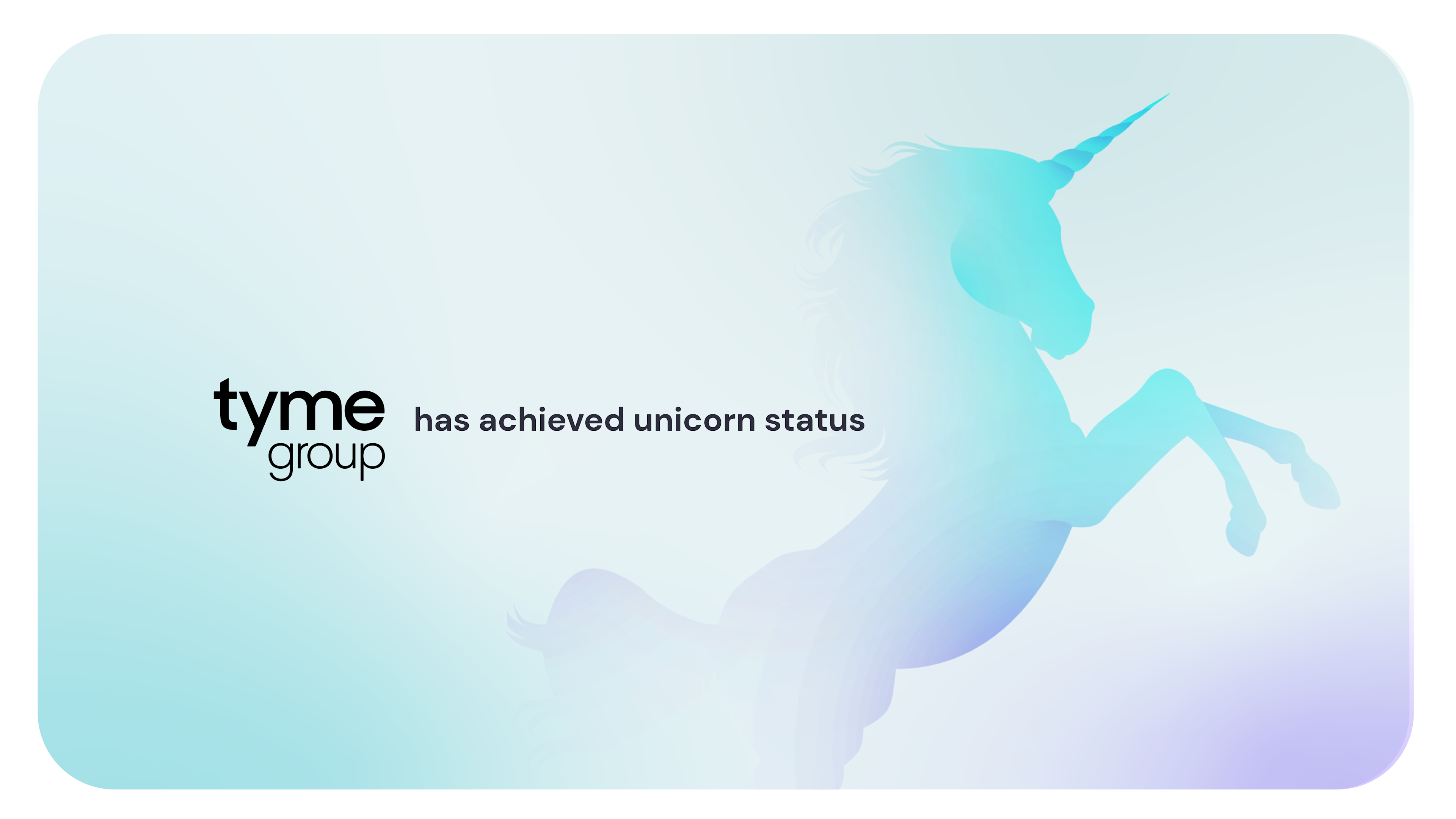What is FinTech?
FinTech, short for financial technology, merges finance and technology to improve how people and businesses manage money. It powers digital payment apps (Venmo, Cash App), investment platforms (Robinhood), and digital wallets (Apple Pay, Google Pay, PayPal). Beyond these, FinTech innovations include cryptocurrency, robo-advisors, blockchain, and real-time payments, reshaping global financial systems.
Why Do We Need FinTech?
Traditional banking can be slow, complex, and inaccessible to many. FinTech solves these issues by:
-
Expanding Financial Access: Millions without bank accounts now use mobile banking. Example: Nubank in Brazil has drastically increased financial inclusion.
-
Simplifying Processes: Instant loans, faster payments, and seamless BNPL (Buy-Now-Pay-Later) services like Affirm.
-
Personalizing Services: AI-driven finance, such as Lemonade for tailored insurance and Betterment for robo-investing.
FinTech makes financial services faster, cheaper, and more accessible.
How Has FinTech Evolved?
-
1950s: Credit cards introduce cashless payments (Diners Club, Visa).
-
1998: PayPal pioneers online payments, transforming e-commerce.
-
2000s: Online banking removes branch visit necessity (ING Direct).
-
2020s: AI, blockchain, and real-time payments (e.g., India’s UPI, Brazil’s Pix) dominate innovation.
Today, FinTech continues to evolve, integrating cutting-edge technologies to redefine finance.
What Technologies Power FinTech?
1. Artificial Intelligence (AI)
Role: Enhances fraud detection, personalized finance, and automated support.
Example: U.S. Bank’s “Pay Yourself First” AI tool suggests custom savings plans.
2. Blockchain
Role: Provides a secure, decentralized ledger for transparent transactions.
Examples: Ripple facilitates cross-border payments; Stellar enables blockchain-based humanitarian aid.
3. Stablecoins
Role: Digital assets pegged to stable currencies (e.g., USD) for low-volatility transactions.
Examples:
-
USDC & USDT: Fast, low-cost global transfers.
-
DAI: A decentralized stablecoin used in DeFi lending.
-
Business Use: Companies and freelancers use stablecoins for payroll and cross-border transactions.
4. Real-Time Payments (RTP)
Role: Enables instant transactions for businesses and consumers.
Examples: UPI (India), Pix (Brazil), and FedNow (U.S.) boost small business cash flow and e-commerce integration.
5. Cybersecurity
Role: Protects financial data from cyber threats.
Key Tools:
-
Data Encryption: Safeguards sensitive transactions.
-
Fraud Detection: AI-driven threat monitoring.
-
Biometric Authentication: Uses fingerprint/facial recognition (e.g., JP Morgan Chase’s biometric tech).
6. Open Banking
Role: Connects financial apps to banking data via APIs for seamless management.
Examples: Monzo and Revolut use Europe’s PSD2 regulations to enhance customer control over finances.
7. Embedded Finance
Role: Integrates financial services into non-financial platforms.
Examples: Shopify offers merchant loans; Uber facilitates in-app driver payments.
8. Central Bank Digital Currencies (CBDCs)
Role: State-backed digital currencies issued by central banks.
Examples: China’s Digital Yuan, European Central Bank’s Digital Euro project.
Emerging Trends in FinTech
1. Banking-as-a-Service (BaaS)
Role: Allows non-banks to offer financial products via APIs.
Example: Stripe Treasury enables businesses to embed banking solutions.
2. Decentralized Finance (DeFi)
Role: Blockchain-based lending, borrowing, and trading without intermediaries.
Examples: Uniswap (decentralized trading), Aave (crypto lending).
3. Green FinTech (Sustainable Finance)
Role: Aligns finance with sustainability goals.
Examples:
-
Aspiration: Eco-friendly banking.
-
Stripe Climate: Funds carbon removal initiatives.
4. Cross-Border Payments Innovations
Role: Reduces global transaction costs and delays.
Examples: Ripple, Wise, and USDC stablecoin for crypto-powered remittances.
Industry-Specific FinTech Applications
| Sector | Role | Examples |
|---|---|---|
| WealthTech | Democratizes investing with robo-advisors. | Betterment, Wealthfront |
| InsurTech | Uses AI & big data for tailored policies. | Lemonade, Root Insurance |
| PropTech | Blockchain for real estate transactions. | Zillow, Redfin |
| RegTech | Automates compliance & fraud detection. | Chainalysis, KYC tools |
| HealthTech | Optimizes healthcare payments & monitoring. | Fitbit, MyFitnessPal |
| LegalTech | Automates legal contract processes. | DocuSign, Clio |
| RetailTech | Enhances shopping via AI & RFID. | Amazon Go (cashierless stores) |
| Cleantech | Focuses on renewable energy financing. | Stripe Climate, solar projects |
| Biotech | Advances medical devices & treatments. | Wearable health monitors |
| FemTech | Health tech tailored for women. | Clue (period tracking), Elvie (wearables) |
Other Key FinTech Areas
-
Neobanks: Digital-only banking for lower costs. Examples: Chime, Revolut.
-
P2P Lending: Connects borrowers with investors. Examples: LendingClub, Prosper.
-
Tokenization: Turns real-world assets into digital tokens. Examples: Masterworks (art), RealT (real estate).
-
Alternative Payments: BNPL services like Klarna and ACH transfers.
Why is FinTech Important?
FinTech makes financial services:
-
More Accessible: Nubank serves underserved populations.
-
More Efficient: Automation reduces costs and speeds up processes.
-
More Personalized: AI tailors investments and services.
The Future of FinTech
AI-Driven Finance: Advanced fraud detection, robo-advisors.
Blockchain Expansion: Digital payments, asset management, and DeFi.
DeFi Growth: More decentralized financial tools.
Super Apps: Platforms integrating banking, shopping, and investing (e.g., WeChat Pay).
Micro-Lending: Small loans tailored to underserved markets.
FinTech is driving a smarter, more inclusive financial future, integrating technology to reshape industries and global economies.
Soon to step down as SEC Chair, Gary Gensler has long been at the forefront of understanding how technology transforms finance. As a professor at MIT, Gensler taught a groundbreaking FinTech course that delves into the innovations reshaping the financial industry.
For a clear and compelling introduction to these ideas, check out this open course. It’s the perfect starting point for anyone looking to explore the future of finance.




